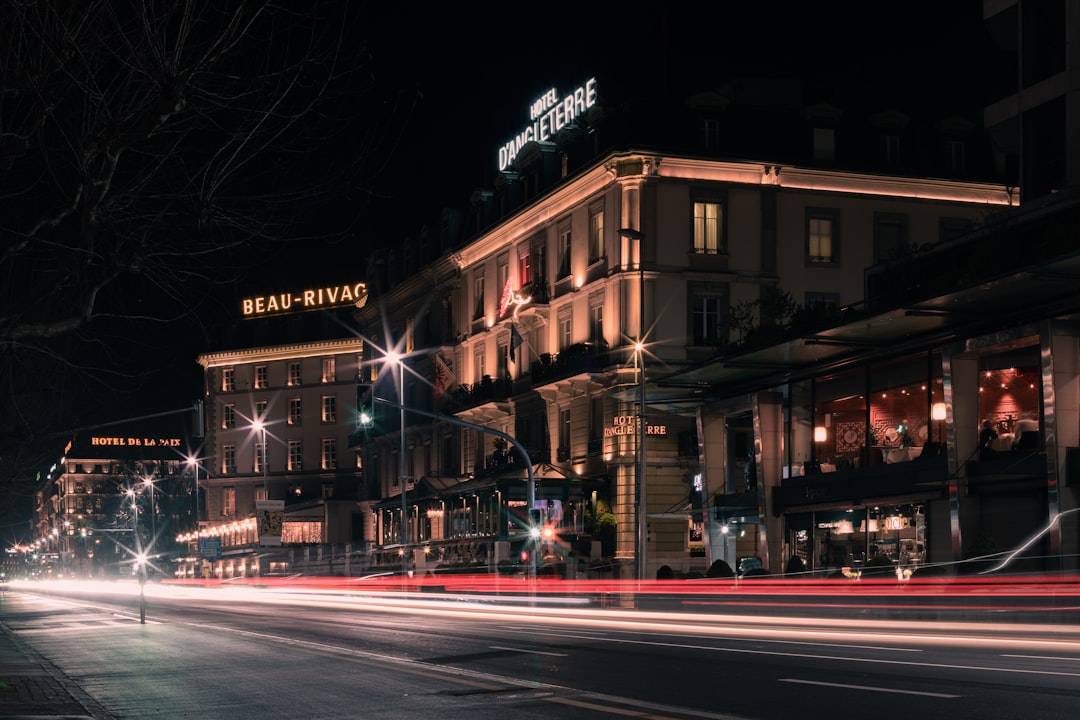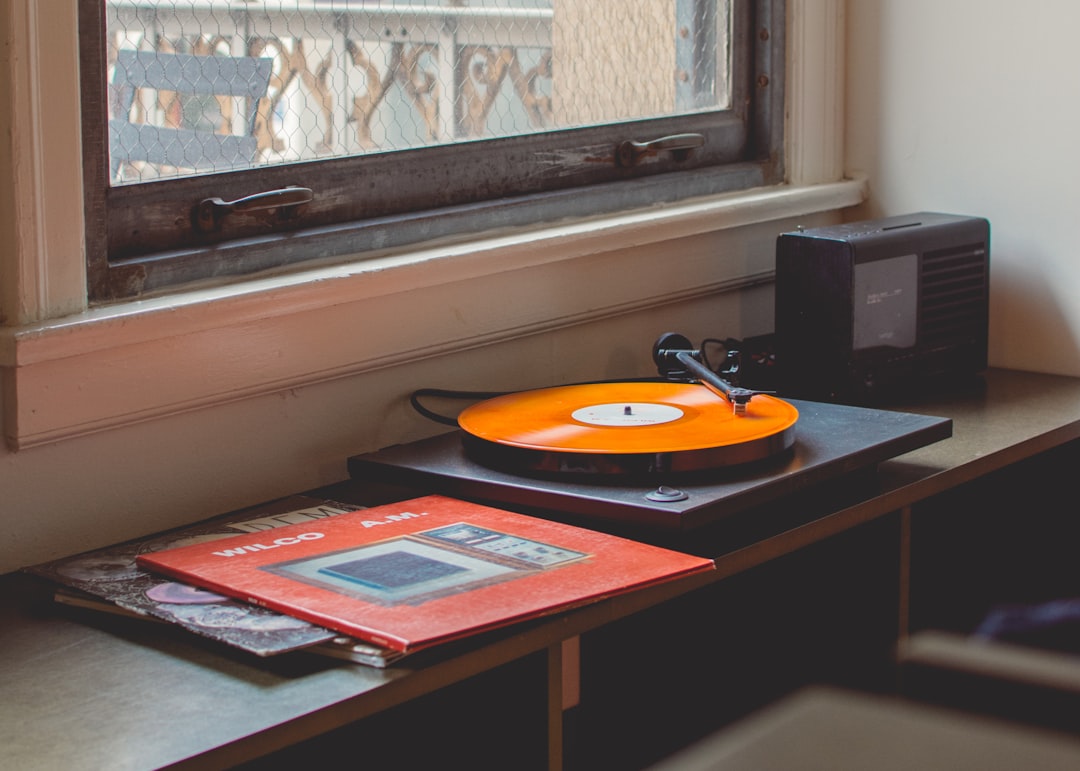Table of Contents
What should you take into consideration?
Hotels are usually the best place to take photographs, because there is plenty of natural light, you don’t have to travel far, and you will find interesting subjects. But the lighting in hotel rooms is often quite harsh, especially at midday. This can make for very flat and unnatural looking photographs, so you need to use light management techniques to balance out the light and add drama to your images.
To create dramatic shots in hotel rooms, you need to use lighting techniques such as:
• Using a reflector to bounce back the light and increase the overall brightness of the image
• Increasing the intensity of the existing light using a flashgun
• Using a fill card to add more light to the scene
• Using a grid to direct the light, creating a defined area for the subject to sit within
• Adding further lights to the scene to make it brighter
It is possible to achieve the same results in your home studio using studio lighting equipment and a reflector. However, it is much easier to get the same results in hotels. You just need to make sure you don’t end up with photos that look like something taken in an old cinema.
How do I balance out the light?
Light is the key ingredient to making a good photograph. Without it you will not get a great image. If you have a bright background or the light source is coming from above, you will not be able to capture the full range of colors in the image. In other words, the color will be washed out. If the light source is coming from behind the subject, the shadows will be too dark.
When balancing out the light in a hotel room, you can use a reflector. If you place the reflector on a tripod so that it is directly above the camera, you can bounce the light back onto the subject. As the reflector is usually white, this will make the light softer and warmer. You can control the amount of light that comes back on to the subject by adjusting the angle of the reflector. The key to getting a good result is to get the light from a variety of angles.
Where should I position the reflector?
The best location for the reflector is where it will receive the most light. This will be the top of the room, towards the ceiling. If you don’t have access to the top of the room, then the next best option would be to position the reflector against the side of the window. If you have a window, the reflector will help bounce the light off it, which can make it appear as though it is coming from outside.
The reflector can also be used to bounce the light back onto the wall. When you place the reflector on the floor, the light bounces back off the walls and floors and hits the subject. You can also add light to a hotel room using a flashgun. By firing the flashgun in the direction of the wall, the light will reflect off the wall and hit the subject.
How do I make the subject stand out?
When taking photos in a hotel room, there are a few things you can do to make the subject stand out. One of the easiest ways to do this is to use a grid. To create a grid, use a piece of tape to mark out an A4 piece of paper. Divide the page into four sections and make lines dividing each section. You can place the grid directly on the wall, but it’s best to put it on the floor and have the subject stand in the middle of it. The subject can then be photographed from different angles.
Another method to add some drama to a hotel room is to use a flashgun. If you set the flashgun on a tripod so it is directly above the subject, you can bounce the light back onto them.
Finally, you can make the subject stand out by adding a small colored strip of plastic to the wall, which will reflect the light back onto the subject.
How do I avoid blurring the background?
The background can often be blurred if you do not adjust your camera settings. If you are photographing a large object, you will want to set your shutter speed to at least 1/30 of a second. For a smaller object, such as a flower, you will need to set the shutter speed to at least 1/125 of a second.
By setting your aperture to a wide open setting, the background will blur. As you move the aperture to a narrow open setting, the background will become sharp again. You will be able to make your background blurred or sharp by changing the aperture and shutter speed.
What do I need to bring along?
You will need the following items:
• Camera, including a flashgun (if you are using one).
• Flash cards and memory card
• Lenses, tripods, camera straps, etc.
• Spare batteries and charger
• Battery charger
• Charging cable
• Cleaning cloth and cleaning solutions
• Camera bag
• Portable studio lighting
• Strip of reflective paper
• Tripod
• Tripod head
• Water bottle
• Food and drink
• Sunglasses
• Flip-flops
• Hand towel
• Toiletries
• Binoculars
• Wet wipes
• Small, compact and easy-to-carry mirror
• Pen and paper
• A good attitude
Other basic tips you should consider
Think outside the box
You don’t need to spend money on big gear or fancy locations to capture great photos. A small camera with a large sensor will do the job. The key is to learn how to use it well. Start with a basic manual camera and learn how to work with the settings and focus. Then look around at the hotel rooms and choose a room that looks interesting. Take a photo of the room in different lights and positions. Look at these in the viewfinder and see if you like how the light is falling on the subject. Is it too bright or too dark?
Choose your shots
Think about what you want to achieve with your images and then take the pictures. Work out which shots to take. Make sure you include some nice details and try to get a shot where you can see the bed frame or window frame. Choose a few shots that show off the room’s features. Look at your shots on a monitor or smartphone app and see if you like them.
Light the scene
Think about the effect you want to achieve. Where should the light be coming from? Try taking several shots at different times of day to get a variety of lighting. Use a tripod to steady your shots and experiment with the different settings.


